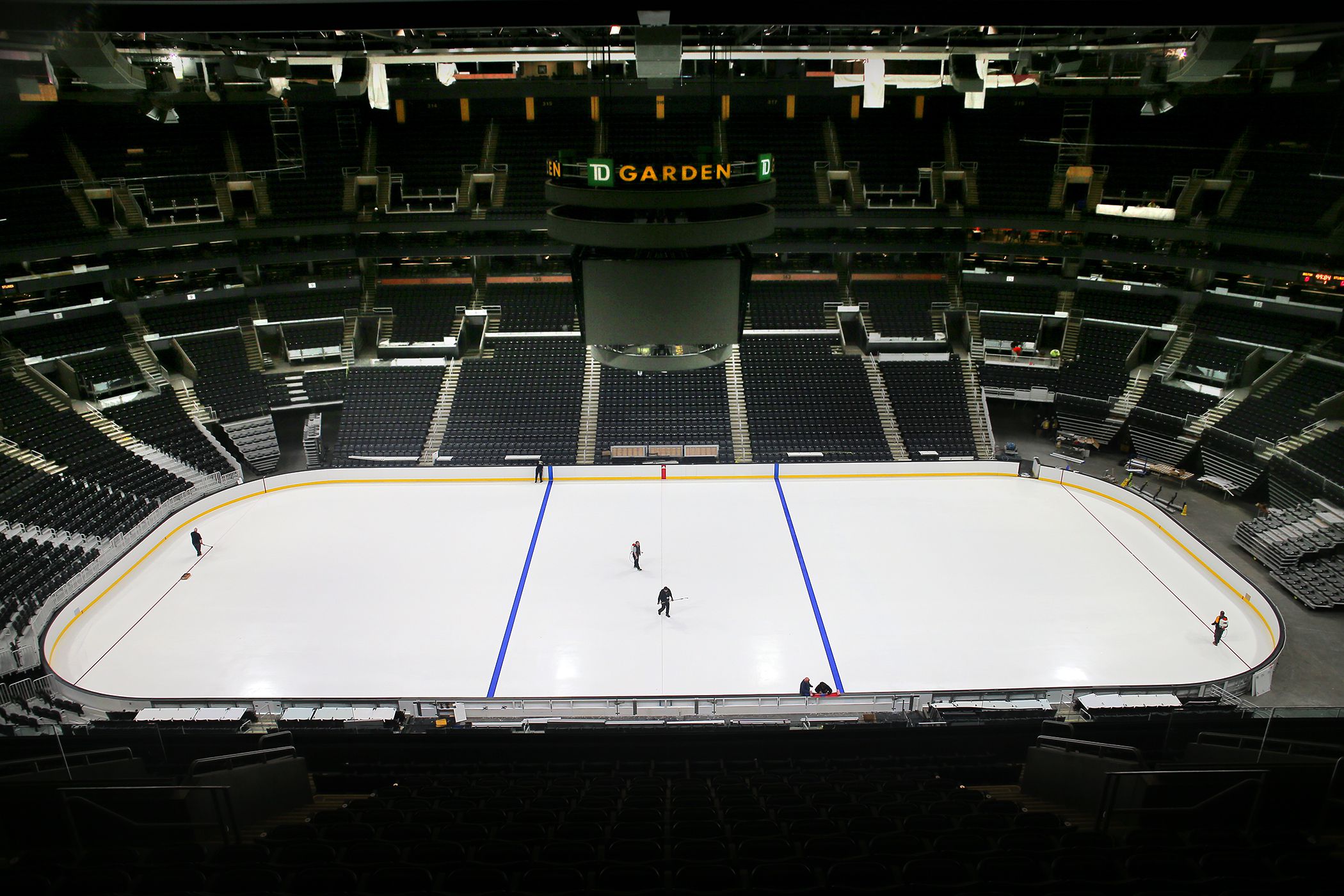Introduction
TD Garden, home to the Boston Bruins and Celtics, is known for its electrifying atmosphere and passionate fans. However, one common complaint among attendees is the noticeable cold inside the arena, especially during hockey games. This article explores the reasons behind the cold in TD Garden, its impact on visitors and players, and practical solutions to improve comfort without compromising the ice quality.
Understanding the temperature dynamics inside TD Garden is essential for fans planning their visit and for the arena management aiming to enhance the spectator experience. We will cover the causes of the cold environment, how it affects different stakeholders, and what measures are being taken or can be implemented to mitigate discomfort.
Why Is It Cold Inside TD Garden?
Ice Maintenance Requirements
The primary reason for the cold temperature in TD Garden during hockey games is the need to maintain optimal ice conditions. The ice surface must stay frozen at a consistent temperature, typically around 24°F (-4°C), to ensure smooth play and player safety. This refrigeration system cools not only the ice but also significantly lowers the ambient temperature near the rink.
Arena Design and Ventilation
TD Garden’s design includes an ice rink housed within a large enclosed space. The arena’s ventilation system circulates cold air to keep the ice intact, leading to cooler temperatures in the lower seating areas. Additionally, the materials used in construction and insulation impact heat retention, often resulting in a chillier atmosphere than outdoor winter temperatures.
Crowd Density and Airflow
Although large crowds generate body heat, the continuous influx and movement of people create drafts and airflow patterns that can feel cold. Fans seated closer to the ice, especially in lower bowl sections, experience cooler air because of proximity to the ice refrigeration units and less heat accumulation.
How Does the Cold Affect Fans and Players?
Fan Experience
Cold temperatures can affect fan comfort, leading to the need for warmer clothing and possible distractions from the game enjoyment. Prolonged exposure to cold can impact health, particularly for older adults and children. However, many fans appreciate the authentic hockey atmosphere the chill creates.
Player Performance and Safety
For players, maintaining a cool environment is crucial for performance. Cooler temperatures reduce muscle fatigue and lower the risk of overheating. However, extreme cold can increase the risk of muscle strains if players are not adequately warmed up.
Staff and Vendor Considerations
Arena staff and vendors working close to the ice also deal with the cold, requiring appropriate uniforms and breaks to prevent cold-related issues. Efficient management ensures operational continuity without compromising health.
Solutions and Tips to Stay Warm in TD Garden
For Fans
- Dress in layers: Wear thermal undergarments, hoodies, and jackets that trap heat.
- Bring hand warmers: These compact items offer quick warmth during game breaks.
- Choose seating wisely: Upper levels tend to be warmer, while lower bowl seats are colder.
- Stay active: Moving around concessions or stretching can boost circulation.
Arena Improvements
- Enhanced HVAC systems: Upgrading ventilation to balance ice preservation with spectator comfort.
- Use of heated seats or pads: Pilot programs for heated seating could improve fan experience.
- Install better insulation: Retrofitting walls and ceilings to retain more heat without affecting ice quality.
Real-World Examples and Expert Insights
Sports arenas like Madison Square Garden and Rogers Arena have faced similar challenges. According to HVAC expert Dr. Linda Martinez, “Balancing ice temperature and spectator comfort requires sophisticated climate control systems that adapt dynamically during events.”
Boston’s TD Garden management has implemented incremental improvements over the years, such as better airflow management and fan advisories on dressing warmly. Surveys indicate that while the cold is noticeable, fans prioritize ice quality for game integrity.
Conclusion
The cold inside TD Garden is a necessary aspect of maintaining high-quality ice for hockey games but also presents challenges for fan comfort and staff welfare. Understanding the causes helps visitors prepare effectively and appreciate the arena’s efforts to balance climate control. With ongoing technological upgrades and practical fan tips, the chilly atmosphere can be managed to enhance the overall experience. Next time you visit TD Garden, dressing smartly and knowing what to expect will ensure you enjoy the game without the cold detracting from the excitement.
